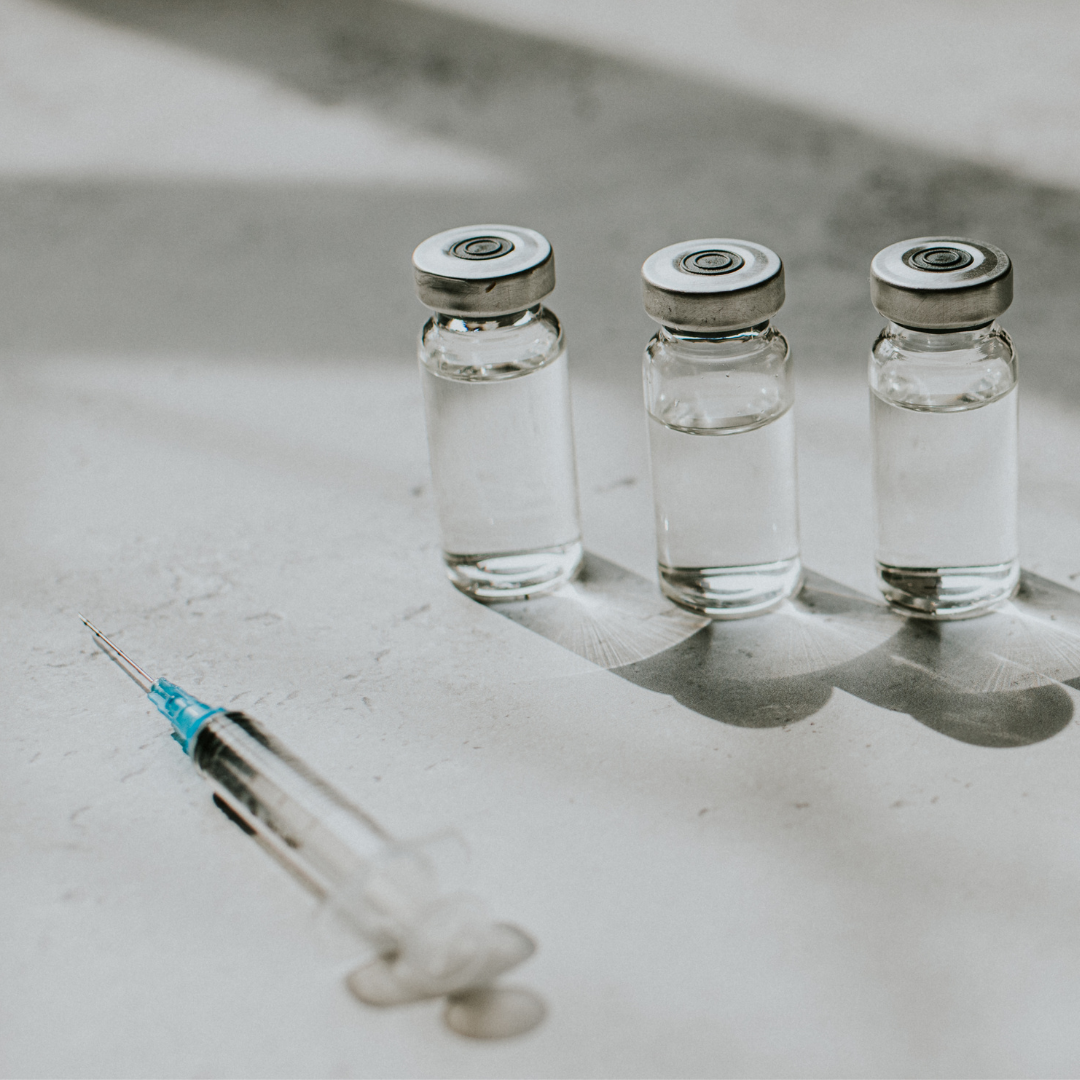Botox is one of the most commonly-known injectable treatments you can have, along with fillers. While treatments like and get a lot of airtime on social media, there still seems to be a lot of mystery around anti-wrinkle injections as a whole. Whether it be because many people still feel the need to keep their injectable treatments under wraps or they just don't want to appear to ask a silly question, Botox and other anti-wrinkle injectables are simply not discussed enough—particularly when you consider their huge popularity with an carried out in the UK every year.
However, when you're getting injectables in your face, there is absolutely no such thing as a 'silly question'. So with that said, we spoke with two top experts in aesthetic injectables to ask them the basics, from what Botox is actually made from to the potential side effects. "The generic non-brand name for Botox is onabotulinumtoxinA, and it is one of seven different botulinum toxin strains that are produced from a culture of a bacterium called the Clostridium botulinum," explains aesthetic doctor, Dr .

"Botox is made by a company called Allergan, and it is the trade name for Botulinum toxin—like how Panadol is the trade name of paracetamol," adds doctor and pharmacist, Dr , who practises aesthetic medicine at the in London. Botox was interestingly first used in the medical world by an ophthalmologist called Dr Alan B. Scott.
"Dr Scott was researching to find a non-surgical protocol for children with strabi.
















